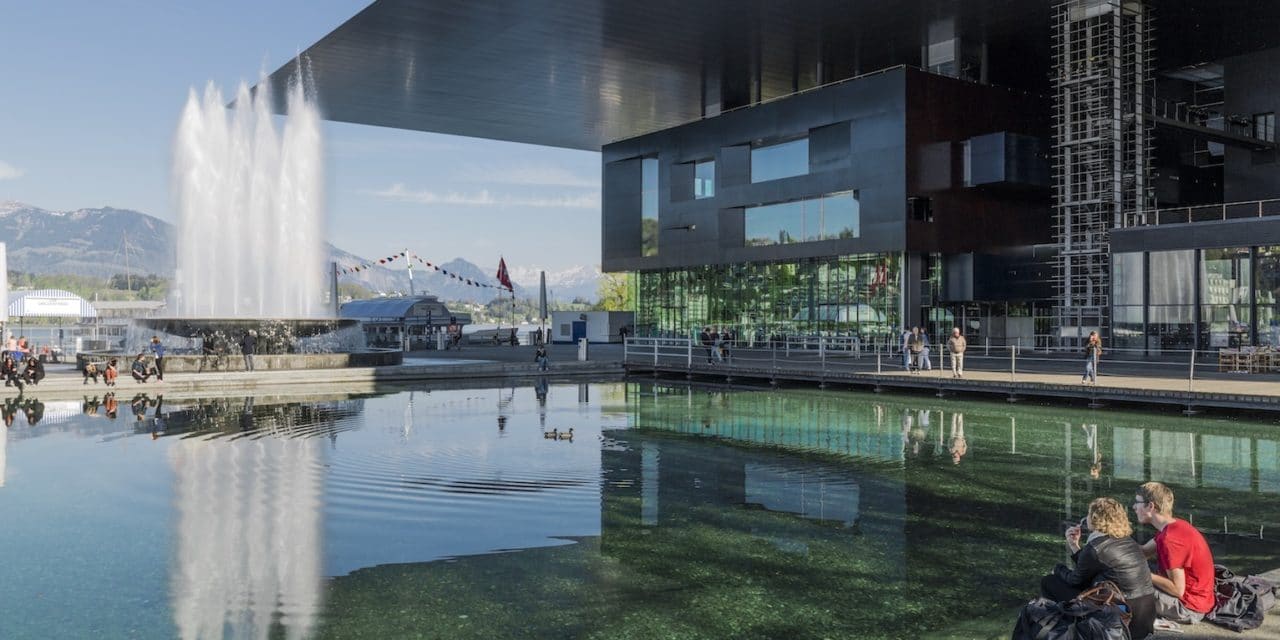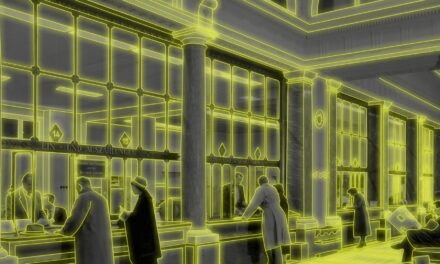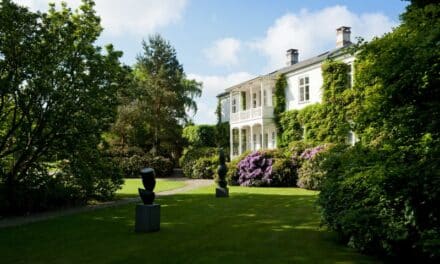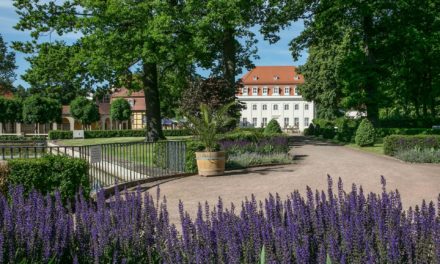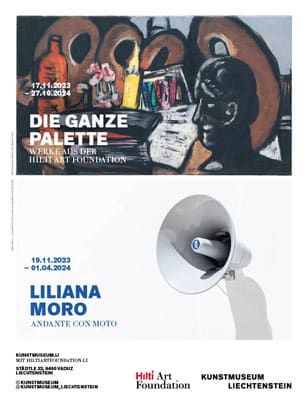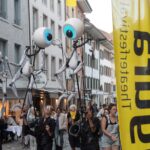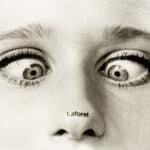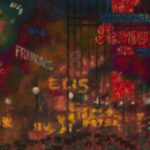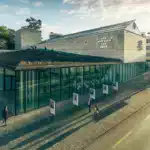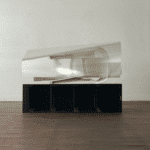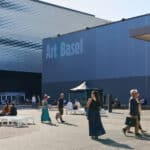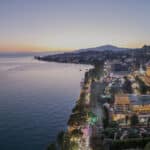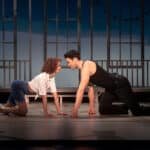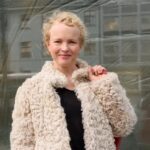The very fact that a comparatively small town like Lucerne has an architectural masterpiece with a cosmopolitan aura is extraordinary. Most guests are visibly astonished, as they would expect to find such an imposing building in major cities such as London, New York or Paris. But the Lucerne Culture and Convention Center (KKL Luzern for short), now the pride of many Lucerne residents, has been an integral part of the lakeside since 2000. It was previously the site of the Art and Congress Center designed by Armin Meili in 1933, which hosted the first International Music Festival in 1938.
The building is divided into three parts and comprises the concert hall, the multifunctional Lucerne Hall and the congress center, which also houses the art museum. The KKL Luzern enjoys international admiration thanks to its exceptional architecture and the concert hall, which is one of the best in the world. A wide variety of events can take place under the expansive roof - not only side by side and each on its own, but also together, with permeable boundaries. These events cover the areas of culture, congresses and gastronomy.
The KKL Luzern is characterized by another spectacular uniqueness: Architect Jean Nouvel allows water to flow into the building, which is routed between the three building sections at Europaplatz level and flows into the building. The three parts of the building line up like ships in a shipyard under a huge roof (113 x 107 meters). The roof reaches a free cantilever of 45 meters diagonally. The underside consists of 2000 aluminum panels that reflect the surface and waves of the lake.
The acoustically outstanding concert hall offers 1840 seats and is primarily designed for classical concerts. And the acoustics are second to none: The acoustic canopy - the canopy - above the stage, the revolving echo chamber doors, the white plaster reliefs and all the materials used play their part. With airlocks that swallow up any noise and a ventilation system that works well below the audible threshold, Russell Johnson has created a further basis for absolute silence in which the sounds can unfold in all their dynamics.

